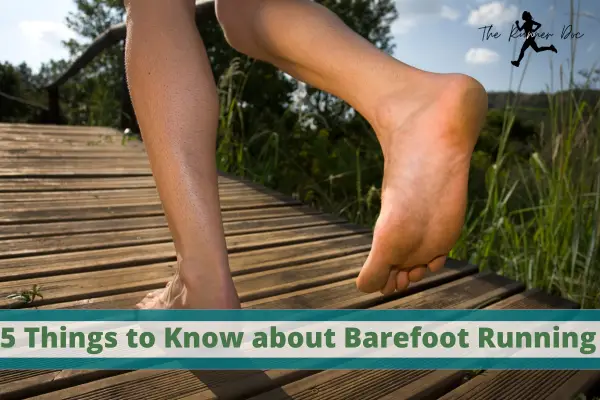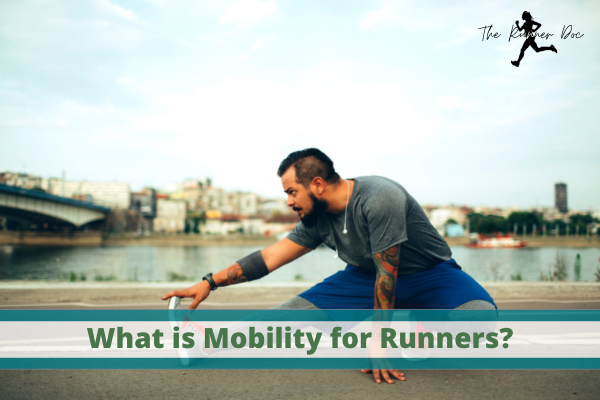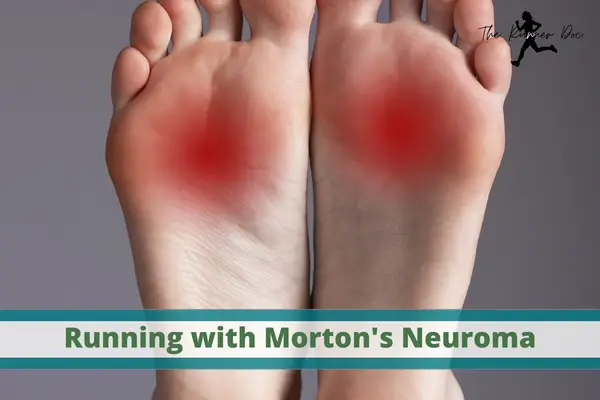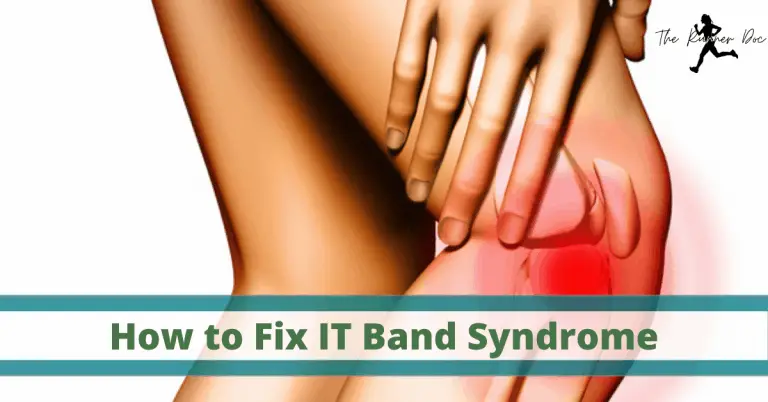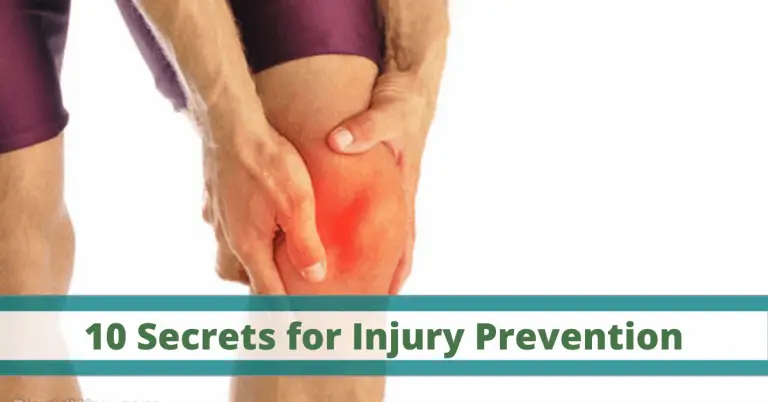Ending the Pain: How to Treat Lower Back Pain From Running
Why Does My Back Hurt After Running?
We have all been there before, I know I have at least. I just finished a great run and feel great, except for this pain in my back. It isn’t always there, but sometimes, my back will flare up and cause me pain after a run. But why does it do this?
For some runners, low back pain after running is a common problem that can be both painful and frustrating. A variety of factors including muscle imbalances, poor posture, or improper gait mechanics may cause low back pain after running.
Fortunately, there are effective treatments available to reduce low back pain in runners so you can get out on the road or trail again without discomfort. In this article, we’ll look at the causes of low back pain after running as well as some preventative measures and treatment options to help you keep enjoying your runs with minimal discomfort.
What is Low Back Pain?
Low back pain affects nearly 80% of the United States population at some point in their lifetime. As a PT it is probably the most common diagnosis that I treat.
Low back pain can affect people of all different demographics. From young adults to the geriatric age as well as sedentary and active individuals. Low back pain really is non-discriminatory.
It can come in a variety of forms, from acute low back pain to chronic low back pain. Acute low back pain is characterized by a sudden onset and typically lasts for less than six weeks. Chronic low back pain lasts longer than six weeks.
Related Article: Chronic Pain and Running
Low Back Anatomy
The low back consists of the lumbar spine and some (me) would consider the sacrum a part of that as well. The sacrum can be considered part of the pelvis or low back since it is connected and interrelated to both!
The lumbar spine is formed by vertebral bones, intervertebral discs, nerves, muscles, ligaments, and blood vessels. There are 5 segments of the lumbar spine, labeled L1-L5. These vertebrae are the largest compared to the other spinal regions of the body.
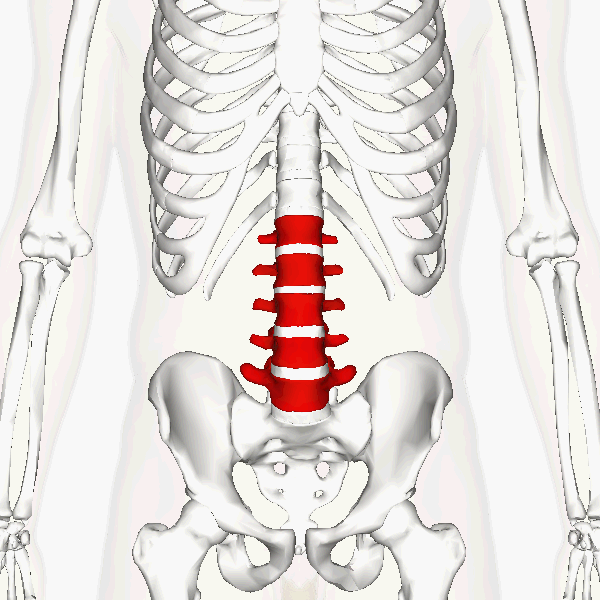
The lumbar spine is sturdy and extremely resilient, it is designed to and capable of taking on high degrees of stress, loads, and movement. Many people have decided to create fear around the lumbar spine making it seem fragile and weak.
This just isn’t true.
But, just like any other part of the body, it is susceptible to pain and injury.
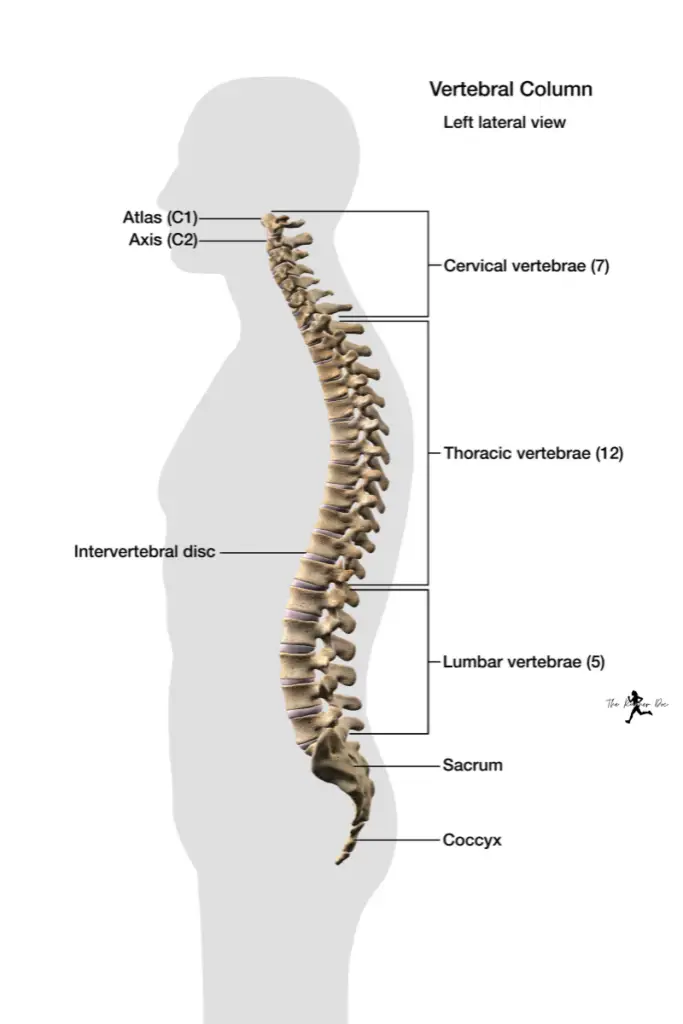
Functions of the Lumbar Spine
As stated, the lumbar spine is extremely sturdy and responsible for a number of different movements.
The following functions are the responsibility of the low back:
- Support and Stabilize the upper body. Together, the lumbar vertebrae as well as the muscles and ligaments in the back, work to support the weight of the upper body, including the head and neck. In addition, the lumbar spine transfers loads from the upper body down into the legs.
- Trunk Movements. The lower back is the primary way that our trunks are able to move in various directions. This includes moving forward and back, side to side, and twisting motions.
- Protect the Spinal Cord. The lumbar spine has the huge responsibility of encasing and protecting our spinal cord from damage.
- Control Leg Movements. The spinal nerves that originate and branch off at the lumbar region are responsible for controlling the movements and sensations in the legs.
The low back is a complex region of the body that is composed of many different structures, including the lumbar vertebrae, intervertebral discs, nerves, muscles, ligaments, and blood vessels. It serves several important functions in our bodies, such as supporting and stabilizing the upper body, and controlling trunk and leg movements.
If our low back was as fragile as some would have you believe. It would literally crack under the pressure that it is required to sustain to support the upper half of our bodies. It is strong and resilient. Just like you!
Don’t be afraid of using your low back! Many of the things that are thrown out on the internet are false and fear-mongering behavior in regards to the low back!
What Causes Lower Back Pain From Running
Low back pain can be attributed to a variety of factors, but some common causes of low back pain in runners include muscle imbalances, poor posture, improper gait mechanics, or simply overtraining.
Most runners, however, have had back pain issues long before they started running. Running is not usually the CAUSE of back pain.
Truth be told, many times starting a running program will help decrease symptoms and help with the lower back pain you are experiencing.
Running Biomechanics and Form
Running biomechanics and form are important factors when it comes to low back pain. Poor running posture (e.g., rounded shoulders, hunched back) can place extra stress on the low back muscles and cause them to become tight and weak leading to low back pain.
In addition, improper gait mechanics such as overstriding or heel striking can cause low back pain due to the increased impact reverberating through the low back as well as the increased strain poor form places on the muscles.
Incorrect running form can also lead to low back pain, as tight low back muscles or weak core muscles may be unable to maintain proper posture while running and will eventually fatigue leading to low back pain.

Back Pain from Muscle Strain
Muscle strain is one of the most common causes of low back pain in runners. Overuse, fatigue, poor form, or a simple lack of strength can cause low back muscles to become strained and lead to low back pain.
Often the poor form is due to trying to “push” yourself forward while running. Then there is dehydration that causes muscle spasms.
If your pain is from a muscle strain you will feel a pain that is localized that doesn’t radiate into your hips, legs, or other parts of your body.
Muscle Imbalances
A lack of muscle balance can cause low back pain in runners. This means that certain muscles are weak and overpowered or overcompensated by other muscles.
Many runners have been told that they are quad-dominant, glute weak, etc. While these are hard to determine on your own, a Physical Therapist will a full analysis will be able to address the issues and determine if an imbalance is causing your issues.
Sciatica Causing Low Back Pain in Runners
This is one of those trigger-word/popular syndromes that everyone talks about and blames things on. It is a legitimate issue. But I think it gets blamed more often than it should. However, it is a cause of low back pain after running at times.
This happens when the body shifts during running in a way that puts pressure on the sciatic nerve. Pain caused by sciatica can present as leg pain, hip pain, and lower back pain.
Piriformis Syndrome Can Cause Low Back Pain
Piriformis syndrome is another cause of low back pain in runners. It occurs when the piriformis muscle, which runs from the lower spine to the top of the hipbone, becomes tight. This muscle aids in the rotation of the hips.
The pain can radiate down your leg into your groin or low back and can be caused by overtraining, poor form, or even long periods of sitting.
How To Treat Lower Back Pain from Running
The first and most important step when treating low back pain is to properly diagnose the underlying cause. Once the cause has been determined, there are many treatment options available for low back pain in runners.
These include stretching, strengthening, and mobility work.
If you are dealing with mild to moderate lower back pain or you just want to prevent dealing with back pain your core and hips are where you want to start.
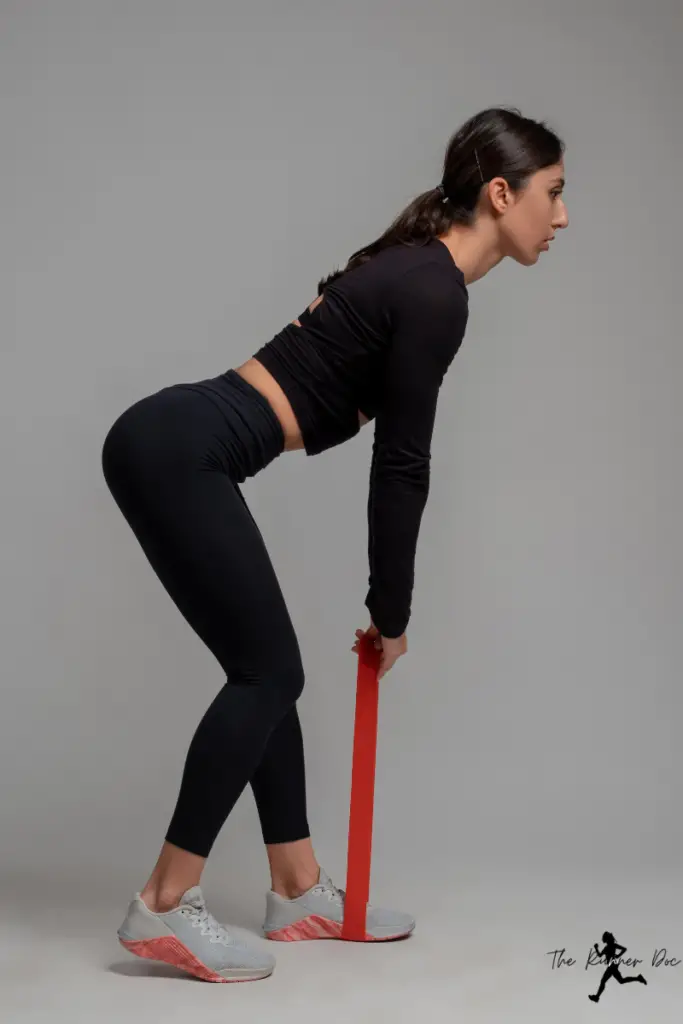
8 Strength Exercises for Lower Back Pain in Runners
Starting with strength is always a winner. Our core and hips really provide the base of support for our back muscles as runners. These are the muscles that will help us to prevent injury and run with minimal back pain.
- Glute bridges
- Clamshells
- Standard planks
- Side planks
- Deadlifts
- Superman
- Bird Dog
- Fire hydrant
Mobility Exercises To Fix Low Back Pain in Runners
Mobility is so much more than just flexibility training. Mobility means you are able to move through your full range of motion and not just get to an endpoint and hold it. While stretching is very beneficial for low back pain. I like to focus on a more movement-based approach with my athletes.
My physical therapist recommended exercises for runners dealing with low back pain are:
- Cat-Cow
- Figure 4 stretch
- Prone Cobra
- Hip Cars
- 90/90 Switches
Other Treatments for Low Back Pain in Runners
Finally, other treatments such as massage, acupuncture, dry needling, and low-level laser therapy can be used to treat low back pain. These treatments are primarily used to help reduce acute bouts of pain and don’t really “fix” the issue at hand.
These techniques should all be used in conjunction with the exercises outlined above to ensure that the low back pain is properly treated!
Can I Run with Low Back Pain?
This is one of those tricky questions….because it depends. Whether or not you should run when you are experiencing low back pain will depend on a number of factors.
I rarely tell people to stop running due to pain. But there are some qualifying factors that need to be met in order to continue running. The first is that when you are running, if your pain becomes more than a 5 on a scale of 10, then you need to stop. In addition to that, if your pain remains at a 5 or higher out of 10 for 24 hours then you need to decrease the amount of running you do. Find your sweet spot that isn’t causing you much pain.
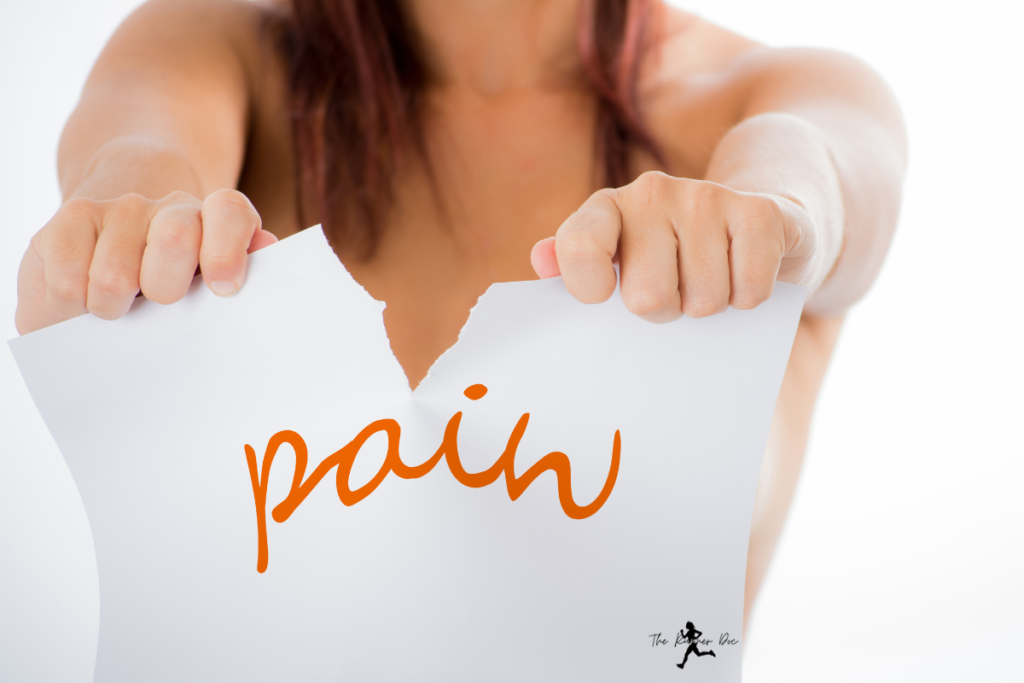
A little discomfort is okay if you are tolerating it okay. But make sure you are working on the things above to fix the issue in the first place.
There are some cases when running isn’t safe for you. That’s when there is a structural issue with your spine. However, most people will know if this is them and it isn’t something most runners should worry about. The majority of back pain in runners is caused by a mechanical issue. Or those that are described above!
If you are unsure if your pain is manageable or something that you should be continuing to work on by yourself then you should probably go see a physical therapist or make an appointment with me for a virtual consult! We can work through your symptoms and get a game plan for you to get back to running pain-free!
Running Tips for Lower Back Pain
Let your pain and discomfort be your guide! But if you feel up to running, or it makes you feel better then let’s go for a run!
Just make sure you don’t push it and listen to your body. Maintain that pain level threshold of less than 5/10 and you should be good.
Try to stick with fairly flat surfaces as running downhill can increase pain in a lot of people due to the increased requirement from your abdominals and hips for strength and stability.
Also, focus on running with good form! This means that your hips should have a slight forward lean, maintain light feet on the ground, keep your arms low and close to your body and stay relaxed.
Finally, take time for recovery days in between runs to give your low back time to heal and repair.
Lower Back Pain when Running Hills
Running hills can be a great way to improve your endurance and speed. However, it is important to listen to your body when running hills as low back pain can quickly become an issue.
When running uphill people will typically have little issue with low back pain due to the slight flexion that occurs when going uphill.

However, every back is different and directional preferences do exist in back pain. Meaning, the person feels better in either flexion or extension over the opposite movement. Run with what is comfortable and then work on the opposite, painful, movement in your treatment of your pain. This is where a Physical Therapist really comes in helpful with determining what is going on and the best way to treat your lower back pain.
Running hills also might just be painful all the time in your back, and that is OKAY! Just stick to the flat surfaces when running until the issue can be resolved and you are back to running hills without pain.
Lower Back Pain when Running on Treadmill
I love treadmill running. Well, sorta. I love the convenience of the treadmill, without it there are many times I just wouldn’t run. Plus I love the consistency and no brainer effort it gives. But, it can also be a source of lower back pain for runners.
Why?
- Overuse of certain muscles and tendons is due to lack of speed and incline variance.
- Different running patterns on the treadmill can result in increased hip extension (especially if most of your running is on the road).
- Runners who are used to road running may experience back pain when using a treadmill because the load is different than what you’re used to.

The big thing that happens when running with any surface etc. is that overuse is the culprit and cause of most pain in runners. Therefore, if you only run on one surface you are probably going to experience some pain.
Can Running Fix Back Pain?
Yes!
Many people think that running will cause an increase in pain if they already suffer from low back pain but this isn’t always the case.
A study in 2014 suggests that aerobic activity, including running, can be considered an effective form of treatment for low back pain. Other studies have also found that runners have stronger spines due to the bone-building effect of impact activities.
Furthermore, a study in 2017 looked at the discs in runners versus non-runners. It found that runners had healthier, larger discs!
Therefore, much like running with chronic pain and fibromyalgia, I think it is safe to say that running can likely help you with managing your low back pain! Just one more tick on the board of the reasons that running is amazing for your health and body!

Final Thoughts on Low Back Pain After Running
Having low back pain isn’t a death sentence for your running goals. With a little bit of patience, dedication, and knowledge you can overcome low back pain after running.
Always remember to start with a proper diagnosis and treatment plan. If the low back pain persists, don’t be afraid to seek help from a Physical Therapist. They have the knowledge, experience, and expertise to properly diagnose and treat low back pain in runners.
The sooner you get on top of low back pain, the easier it will be to get back on track with your running goals! Good luck!
AFFILIATE DISCLOSURE
As an Amazon Associate, I earn from qualifying purchases. This post may contain affiliate links. If you use these links to buy something we may earn a commission. The Site may contain links to affiliate websites, and we receive an affiliate commission for any purchases made by you on the affiliate website using such links.
All information should be used as a tool for more knowledge on the subject topic, to use as references for later articles where applicable, or just to keep it in mind during future exercise routines or activities.
This article is not meant to give medical advice or to replace professional health care. Should any ailment occur please contact your doctor or physical therapist immediately to keep yourself safe and prevent further damage.
The author is not liable for any personal or commercial damage directly or indirectly related to the content hereof. You are responsible for adhering to local laws and regulations regarding health & safety, including proper use of equipment or safety gear, and compliance with governing healthcare associations, and state, and federal regulations.
Lower Back Pain from Running
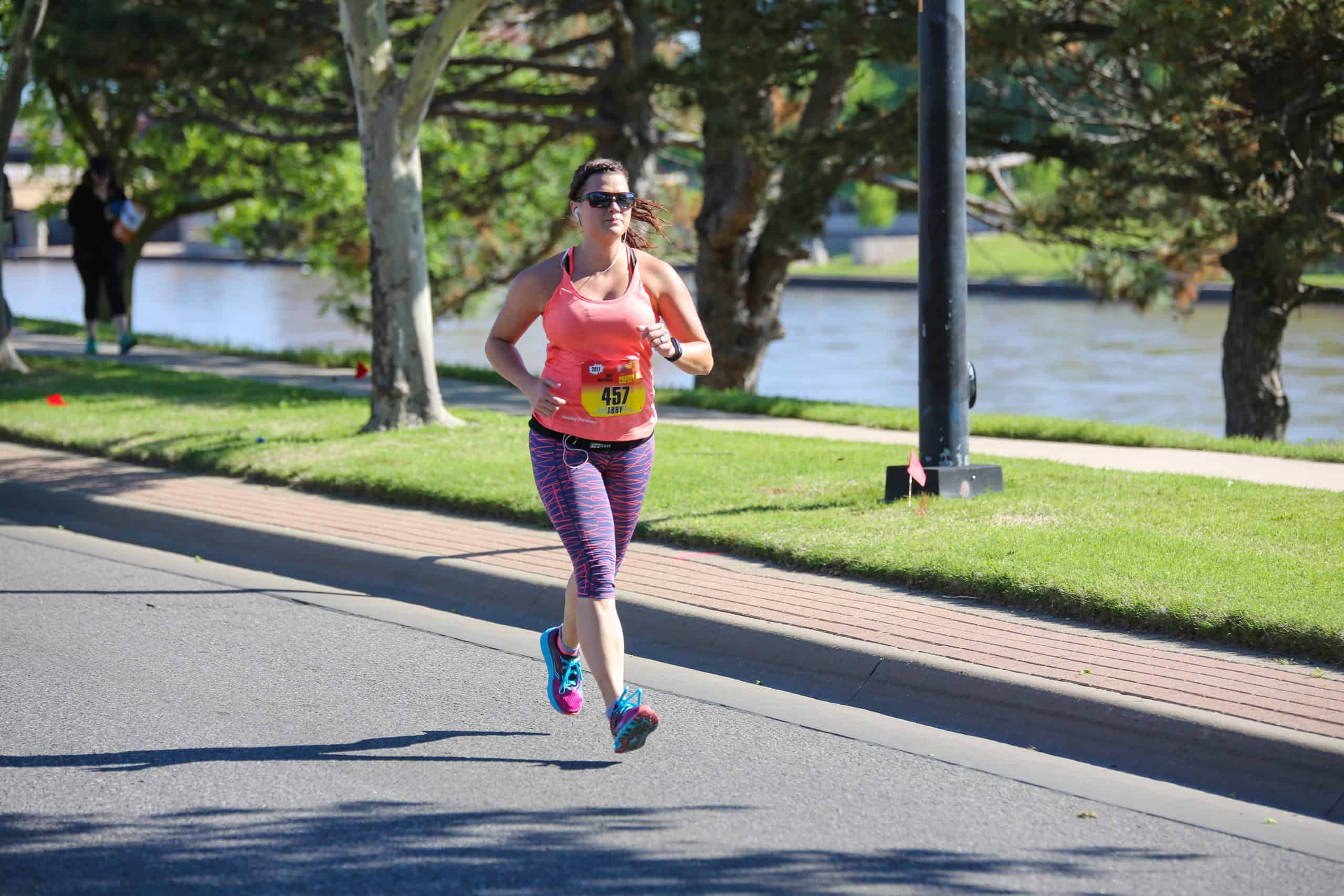
Dr. Abby Siler, PT, DPT is a Physical Therapist with 10 years of experience in a variety of settings. She has spent the majority of her time treating athletes in orthopedic clinics and worker’s compensation cases. She is a runner herself for the past 15 years and a lifelong athlete. Dr. Abby loves to teach runners how to stay injury free and out of her clinic.

